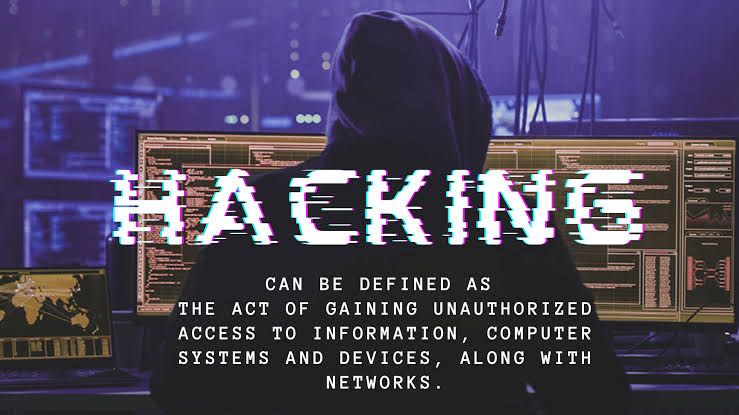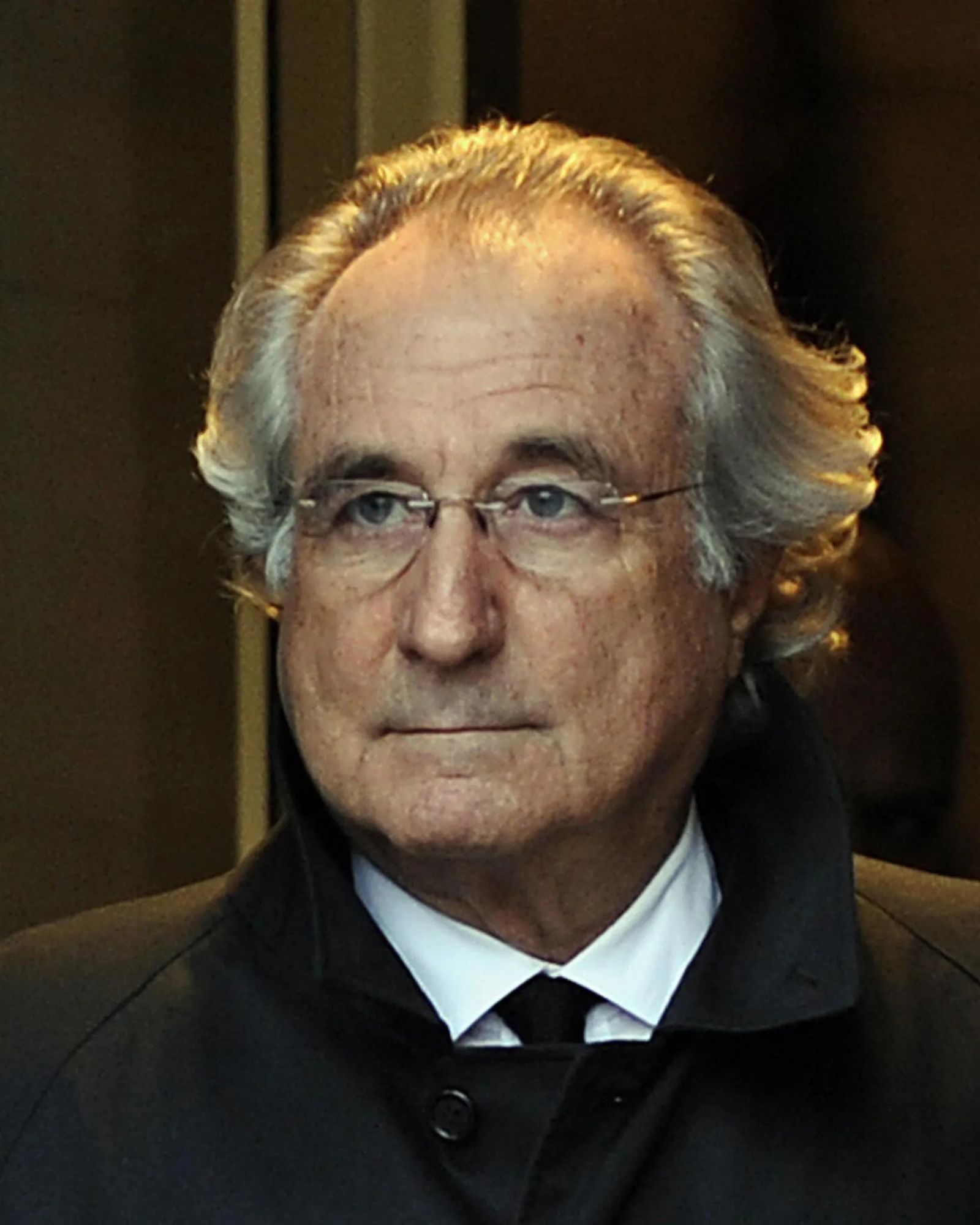The Evolving Landscape of AI-Generated Content: Copyright Protection in a Digital Age

(AUTHOR: SNEHA, DEPARTMENT OF LAW, KURUKSHETRA UNIVERSITY, KURUKSHETRA)
Our interaction with creative content has been reshaped by the digital revolution. The days of heavy books and cracking vinyl are long gone; these days, we can carry whole libraries and discographies in our pockets with a few clicks. The protection of intellectual property in the digital sphere, however, is a significant problem made possible by this accessibility. The Copyright Act of 1957 in India was originally designed for a physical world and is finding it difficult to adapt to the demands of the digital age. This essay highlights the advantages and disadvantages of the current framework while examining the condition of copyright protection in India in the middle of the digital storm.
To the Point: The explosive growth of artificial intelligence (AI) has ushered in a new era of content creation, with machines now capable of generating surprisingly realistic and creative text formats. This presents a unique challenge for copyright law, as existing frameworks struggle to grapple with the complexities of AI-authored works. This article examines the current legal landscape surrounding AI-generated content, exploring the challenges and potential solutions for ensuring appropriate copyright protection in the digital age.
The Indian cyberspace, teeming with innovation, grapples with an enduring dilemma – safeguarding the intellectual property of creators in the face of rampant digital reproduction and distribution. While the Copyright Act, 1957, stands as the legal bastion, its pre-digital origins leave gaping loopholes, exploited by infringers with impunity. This article dissects the challenges and paves the way for bridging the chasm between established law and the dynamic digital landscape.
India, a country full with dynamic cultural currents, is at a turning point in the history of digital copyright. The internet fosters widespread piracy, endangering artists’ livelihoods and the entire fabric of creative expression, even as it enables hitherto unheard-of levels of invention and dissemination. A paradigm change is necessary to balance these conflicting pressures, not just in legal frameworks but also in our society as a whole. With the weight of digital torrents, the ancient remnant of the analogy period, the Copyright Act, 1957, falters. In the murky world of the internet, ideas like “fair use” become hazy, leaving artists open to widespread appropriation. Under the guise of “sharing,” copyright infringement has become commonplace, driven by a culture that values quick pleasure and an exaggerated feeling of digital entitlement.
But let’s not paint a monochromatic picture. The internet also unleashes boundless creative potential. Platforms like YouTube and Spotify have democratized access to art, nurturing a new generation of creators. Indie artists, unburdened by gatekeepers, can bypass traditional channels and directly connect with audiences, fostering a more diverse and dynamic cultural landscape.
So, how do we navigate this labyrinthine landscape? We need to ditch the outdated binary of “protection” versus “access.” Instead, let’s envision a vibrant ecosystem where creators and consumers co-exist in symbiosis. Here are some radical propositions:
- Rethink Copyright from the Ground Up: We need a copyright framework that embraces the digital realm, one that recognizes the ephemeral nature of online content and incentivizes fair compensation for creators, even for micro-transactions. Imagine a dynamic copyright registry that adapts to the fluidity of digital expression.
- Nurture Copyright Literacy: Public awareness campaigns can deconstruct the myth of “free” online content and educate users about responsible consumption. Schools should integrate copyright education into their curriculum, fostering a generation of respectful digital citizens.
- Empower Creators, Not Just Corporations: While platforms like YouTube have democratized access, creators often get a raw deal. We need fairer revenue-sharing models and robust content protection mechanisms to ensure artists reap the fruits of their labor.
- Embrace Technology, Don’t Fear It: Blockchain technology, with its inherent transparency and immutability, holds immense promise for copyright management. Decentralized ledgers can track ownership and facilitate micro-payments, ensuring creators get due compensation for every copy of their work.
Copyright protection in the digital age isn’t just about safeguarding legal rights; it’s about protecting the very soul of India’s creative spirit. Let’s not succumb to the tyranny of convenience or the allure of freebies. Let’s choose to value art, foster a culture of responsible consumption, and build a digital ecosystem where creativity thrives, not just survives.
Remember, India’s cultural tapestry is a testament to our ancestors’ courage to innovate and share. Let’s not let the digital age dull its vibrancy. The time for bold action is now.
The Proof:
Peer-to-peer networks and streaming services enable widespread infringement, which reduces the financial incentives for artists. This stunts innovation and impedes India’s advancement in culture and technology. The efficiency of the Act is further undermined by its vagueness regarding digital works and its onerous enforcement measures.The discussion around copyright ownership and protection has been spurred by the introduction of AI-powered content production tools such as GPT-3, Jasper, and Bard (myself!). The distinction between human and machine authorship is blurred by these technologies, which may produce anything from screenplays and poetry to musical compositions and legal papers. This poses a number of important queries:
Who owns the copyright in AI-generated works? Is it the programmer who developed the AI tool, the user who prompts the AI, or the AI itself?
Do AI-generated works meet the threshold of originality for copyright protection? Can works created by algorithms without independent human input be considered sufficiently creative?
How does existing copyright law apply to AI-generated content? Can fair use defences be effectively employed in cases involving AI-generated works?
Abstract:
The legal framework, originally designed for tangible works, struggles to grapple with the intangibility and ease of copying inherent to digital content. Concepts like “literary work” and “artistic work” require reinterpretation to encompass digital creations like software, databases, and multimedia works. Additionally, the fair use doctrine, enshrined in Section 52, demands nuanced application in the digital sphere to balance creator protection with public access. This article delves into the legal grey areas surrounding AI-generated content, analysing the challenges and potential solutions for copyright protection. It examines the current state of copyright law in relation to AI authorship, explores judicial precedents and academic arguments, and proposes a framework for addressing the unique issues presented by this emerging technology.
Case Laws:
In Landmark 1999 case, “M/s Entertainment Network (India) Ltd vs. Super Cassettes Industries Ltd,” the Supreme Court recognized software as a “literary work” protected under the Act. However, subsequent cases like “Micro Labs Ltd vs. Dr. Reddy’s Laboratories Ltd” have highlighted the need for a sui generis regime for computer programs, acknowledging their unique nature. Other case at world level includes-
Alfred Bell & Co. v. Catalda Fine Arts, Inc., 191 F. Supp. 999 (S.D.N.Y. 1961): This landmark case established the “modicum of creativity” standard for copyright protection, requiring works to exhibit some minimal degree of originality to be protected.
Feist Publications, Inc. v. Rural Telephone Service Co., 499 U.S. 344 (1991): This case clarified the “sweat of the brow” doctrine, which denies copyright protection to works that are merely compilations of facts or data without any creative input.
Oracle America, Inc. v. Google LLC, 140 S. Ct. 1698 (2021): This recent Supreme Court case reaffirmed the fair use doctrine, finding that Google’s use of Java APIs in its Android operating system constituted a fair use as it had a transformative effect on the original work.
The time is ripe for comprehensive copyright reform in India.
The government must consider:
Enacting a dedicated Digital Copyright Act, addressing the specificities of digital works and the complexities of online infringement.
Strengthening enforcement mechanisms through dedicated copyright courts, swift adjudication, and enhanced penalties for infringement.
Implementing technological solutions like copyright management systems and TPMs to facilitate tracking and protection of digital content.
Fostering public awareness and respect for copyright, promoting ethical online behavior and responsible consumption of digital content.
Conclusion:
The legal landscape surrounding AI-generated content is still evolving, with no definitive answers yet established. However, this article has highlighted the key challenges and potential solutions for ensuring appropriate copyright protection in the digital age. As AI technology continues to advance, it is crucial for lawmakers and courts to adapt existing legal frameworks to address the unique issues presented by this new era of content creation. By fostering a balanced approach that protects both creators and users, we can ensure that AI-powered innovation flourishes while upholding the fundamental principles of copyright law. The struggle to achieve effective copyright protection in India’s digital landscape is ongoing. As technology evolves and creative expression embraces new forms, the legal framework must adapt to strike a balance between protecting creators and empowering users. By addressing the existing challenges and actively implementing effective solutions, India can usher in a digital age where creativity flourishes and intellectual property is respected.
Use of Legal Jargon:
Copyright: The exclusive legal right to reproduce, distribute, adapt, publicly perform, or display an original work of authorship.
Work of authorship: A creation fixed in a tangible medium of expression, including literary, dramatic, musical, and artistic works.
Originality: The requirement that a work be independently created and exhibit some minimal degree of creativity.
Fixation: The embodiment of a work in a tangible medium of expression, such as writing, recording, or filming.
Fair use: A defence to copyright infringement that allows for the unauthorized use of copyrighted material for purposes such as criticism, comment, news reporting, teaching, scholarship, or research.




